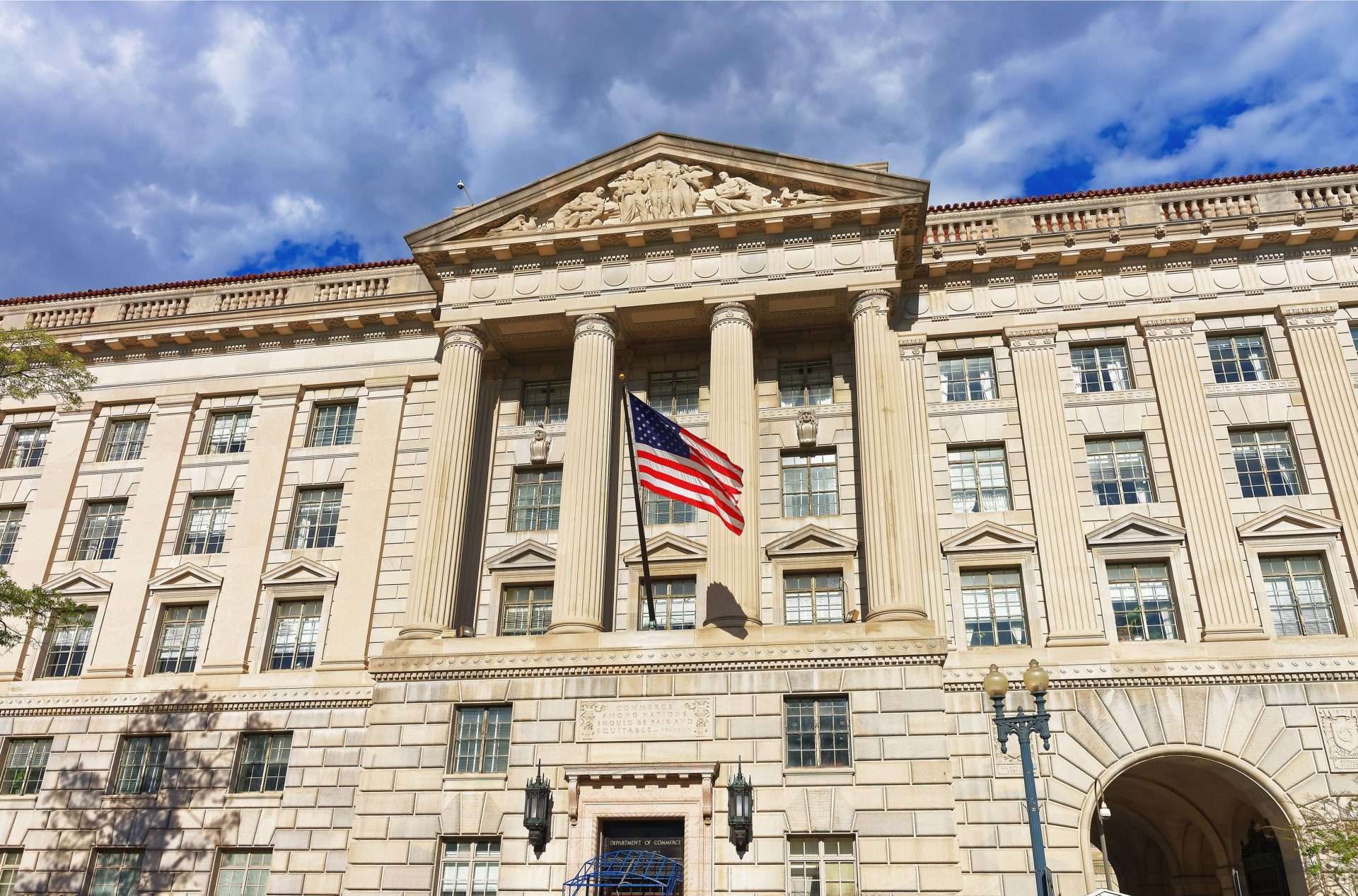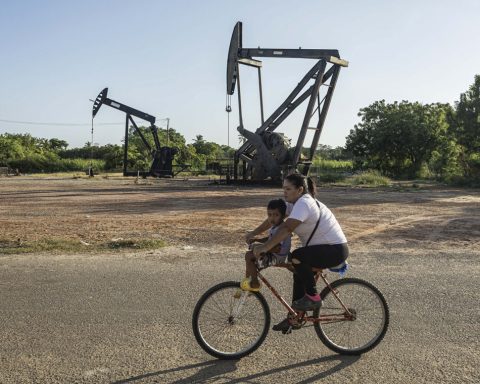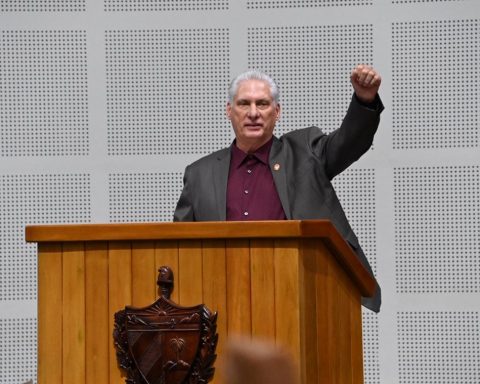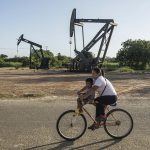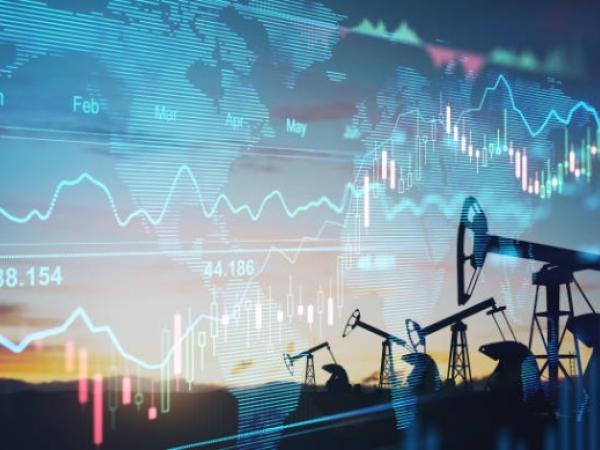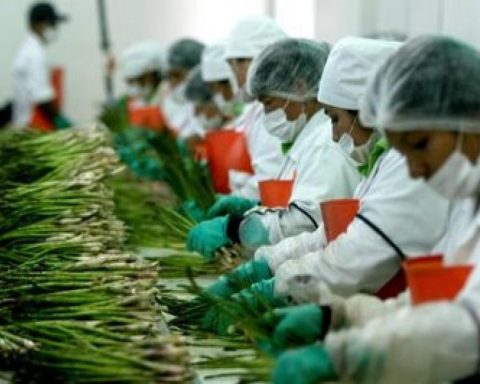The US economy grew at a rate of 2.6% between July and September, breaking two consecutive quarters of contraction and outpacing high inflation and interest rates just as voting begins in the midterm elections in which the health of the economy has emerged as a major theme.
The Commerce Department reported that the nation’s Gross Domestic Product (GDP), the broadest gauge of economic output, grew in the third quarter after contracting in the first half of 2022.
Stronger exports and consumer spending, supported by a healthy labor market, helped restore growth to the world’s largest economy at a time when concerns about a possible recession are mounting.
Consumer spending, which accounts for about 70% of US economic activity, expanded at a 1.4% annual rate in the July-September quarter, down from the 2% rate from April to June.
The growth of the last quarter received a significant boost from exports, which soared at an annual rate of 14.4%.
Government spending also helped: It rose at an annual rate of 2.4%, the first such increase since early last year, with sharply higher defense spending leading the way. A
However, housing investment slumped at a 26% annual pace, hit by rising mortgage rates as the Federal Reserve aggressively raises borrowing costs to fight inflation. It was the sixth consecutive quarterly drop in residential investment.
Overall, the outlook for the economy has darkened. The Fed has raised interest rates five times this year and will do so again next week and in December.
Chairman Jerome Powell warned that the Fed’s hikes will bring “pain” in the form of higher unemployment and possibly a recession. “Looking ahead, the risks are to the downside, particularly for consumption, as households continue to face challenges from high prices and likely slower job growth going forward,” said Rubeela Farooqi, chief economist at High. Frequency Economics.
With inflation, constant price increases have been putting pressure on households across the country. At the same time, rising lending rates have derailed the housing market and are likely to inflict further damage over time.
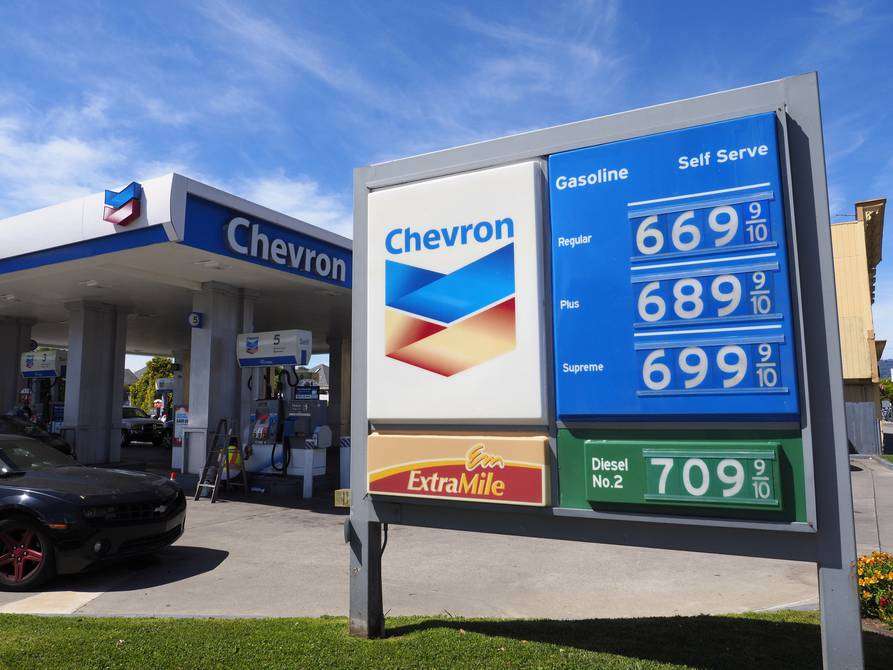
Prospects for the world economy also grow bleaker the longer Russia’s war against Ukraine drags on.
The latest GDP report comes as Americans, worried about inflation and the risk of a recession, have begun voting in the election that will determine whether President Joe Biden’s Democratic Party retains control of Congress.
Inflation has become a characteristic theme of Republican attacks on Democrats’ management of the economy. Economists noted that the rise in GDP in the third quarter was due entirely to increased exports, which added 2.7 percentage points to the economy’s expansion.
Export growth will be difficult to sustain as the global economy weakens and a strong US dollar makes US products more expensive in foreign markets.
Thursday’s report offered some encouraging news on inflation. A price index in GDP data rose at an annual rate of 4.1% from July to September, down from 9% in the April-June period, less than economists expected and the smallest increase since the last three months of 2020.
That figure could raise hopes that the Fed might decide it can soon taper its rate hikes.
Economic growth in the last quarter reversed the annual falls of 1.6% from January to March and 0.6% from April to June. Consecutive quarters of declining economic output is an informal definition of a recession. But most economists have said they believe the economy has bordered on a recession, highlighting the still-resilient job market and steady consumer spending. However, most of them have expressed concern that a recession is likely next year as the Fed constantly tightens credit.
Associated Press/OnCuba.
